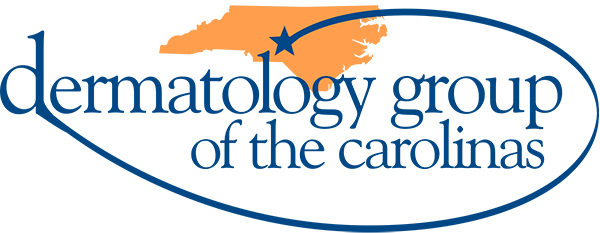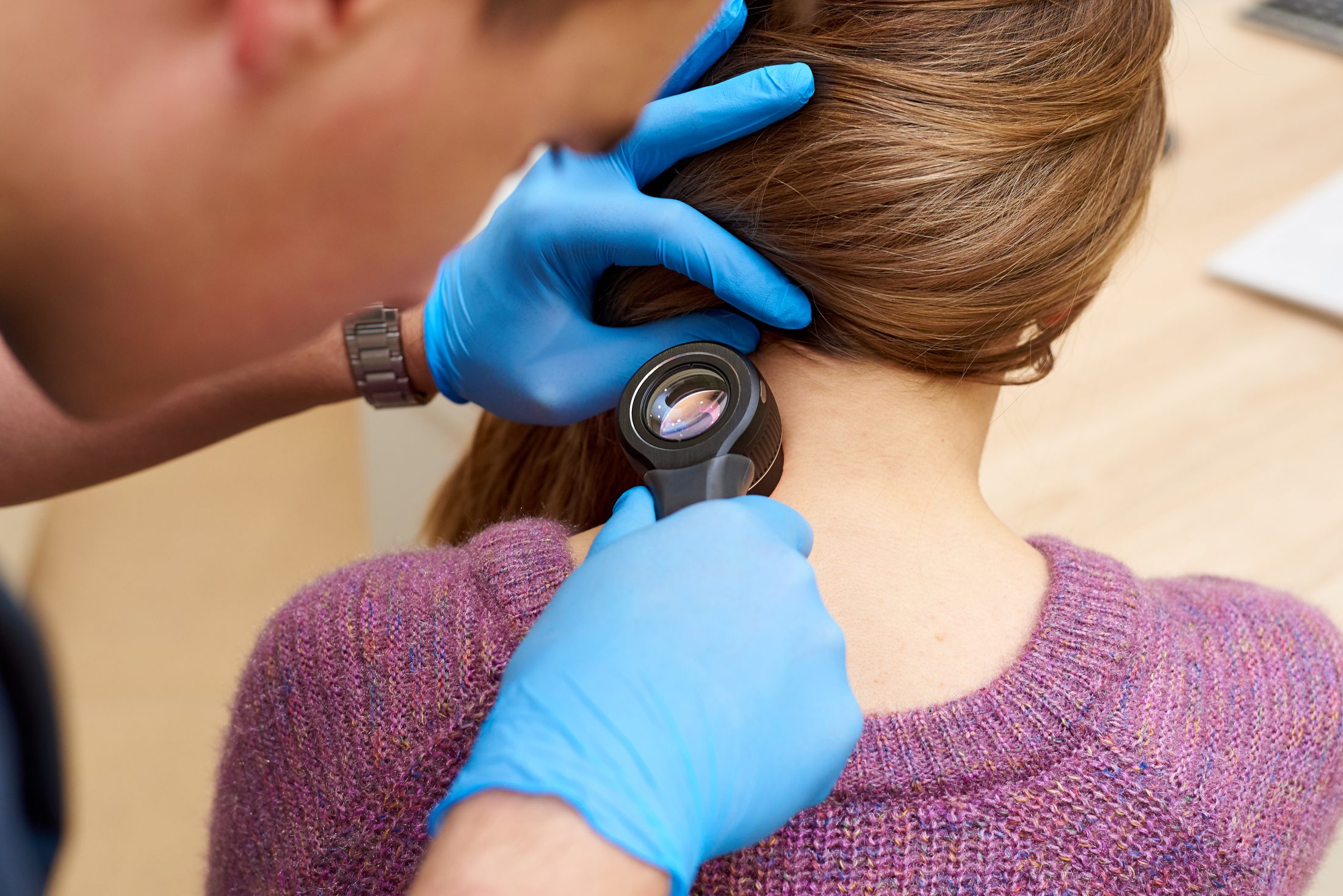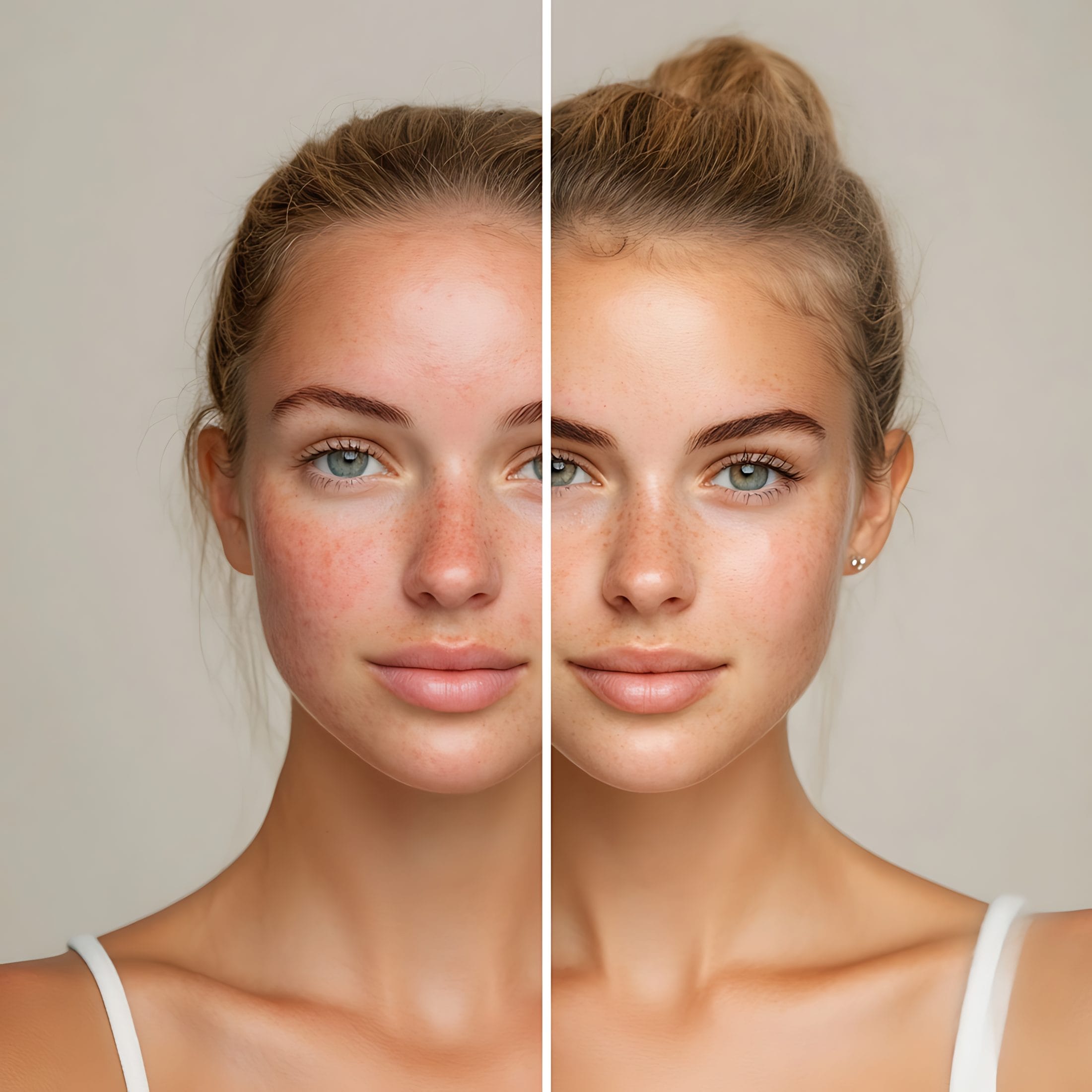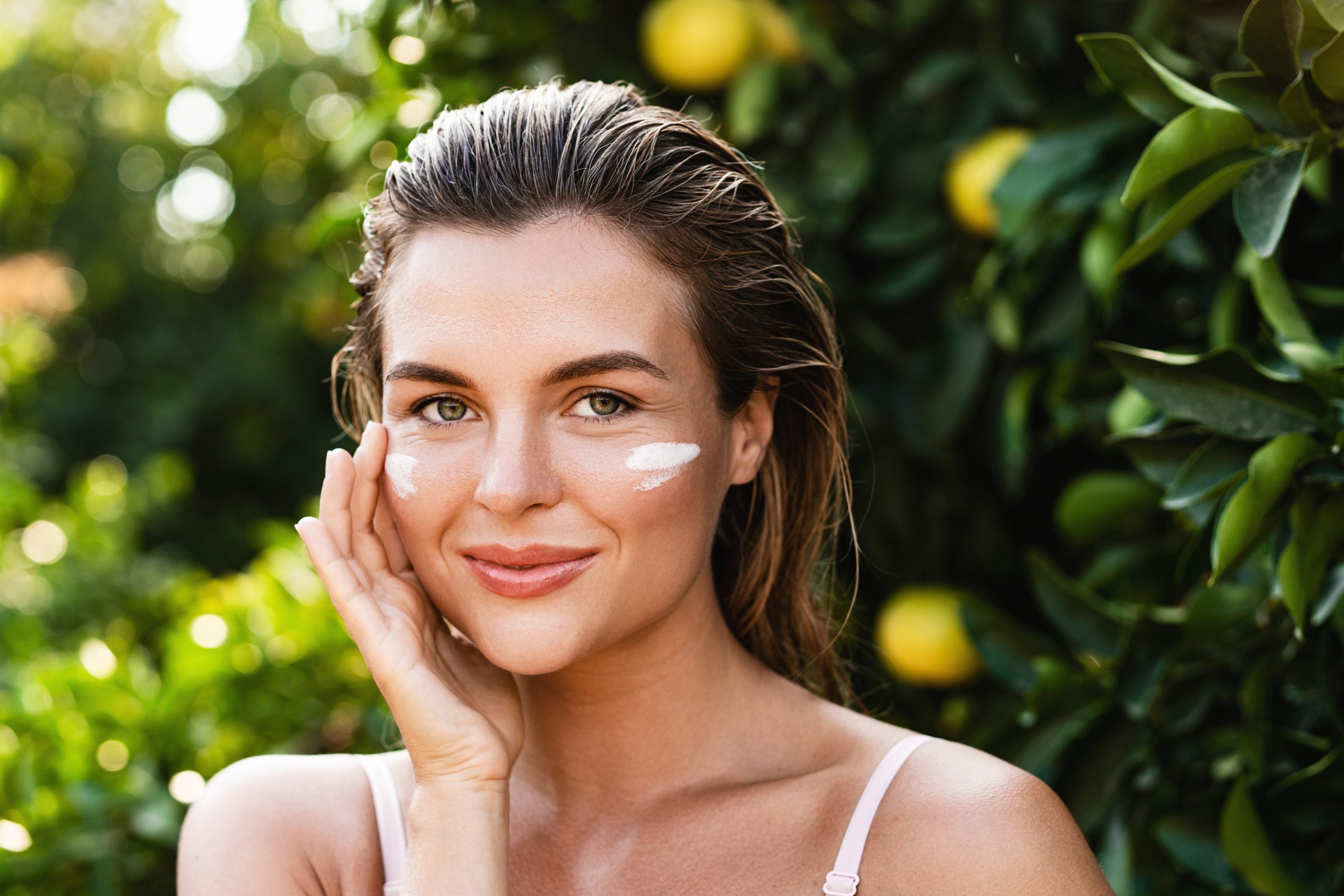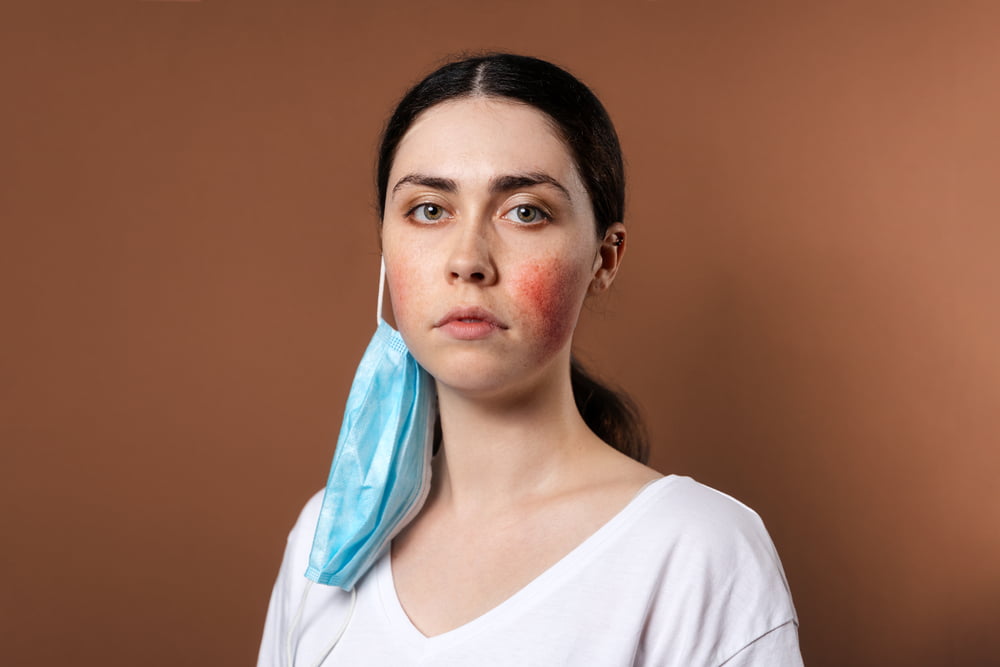
Acne comes in different forms, which can lead to misdiagnosis and ineffective treatments. Fungal acne is one variant that doesn’t respond to traditional acne treatments since it has a unique cause.
At the Dermatology Group of the Carolinas in Concord and Charlotte, NC, we understand the importance of correctly identifying fungal acne to provide the right treatment. This condition requires a different approach than bacterial acne, but we are well-equipped for the challenges that come with fungal acne and its treatment.
What Is Fungal Acne?
Fungal acne is a condition caused by yeast overgrowth in the skin’s follicles. Because it mimics the appearance of bacterial acne, it can be challenging to distinguish without the proper knowledge. Because both the causes and symptoms are unique, we can offer our patients insight into this condition.
What Does Fungal Acne Look Like?
Fungal acne presents as small, uniform bumps across the skin, often accompanied by itching. These bumps are most commonly found on the chest, back, and arms, which are areas where sweat and warmth can exacerbate yeast proliferation. The uniform appearance of fungal acne distinguishes it from bacterial acne, which can vary in size and does not typically cause itching.
What Causes Fungal Acne?
Fungal acne arises from an overgrowth of yeast, a type of fungus naturally present on the skin. Factors like excessive sweating, humid environments, tight clothing, and a compromised immune system can trigger this imbalance. Unlike bacterial acne, which is influenced by oil and dead skin cells, fungal acne thrives in moist, warm conditions, making its management distinct from other skin conditions.
Where Can Fungal Acne Appear?
- Chin: Patients often see fungal acne on the face, particularly the chin, which can result from trapped moisture and yeast overgrowth due to frequent touching, phone use, or tight face masks. This area’s proximity to saliva and sweat can also contribute to the problem.
- Forehead: Fungal acne on the forehead often appears due to excessive sweating, wearing hats, or using oily hair products that can creep down and disrupt the skin’s natural balance, encouraging yeast proliferation.
- Chest: The chest is a common site for fungal acne due to sweat accumulation under clothing, especially during exercise or in humid climates. Tight clothing can trap moisture against the skin, creating an ideal environment for yeast overgrowth.
- Upper Arms, Shoulders, and Back: These areas are prone to fungal acne because of less frequent cleansing compared to the face and the trapping of sweat and oils under clothes. The friction from clothing can further irritate the skin, exacerbating the condition.
How to Treat Fungal Acne
Topical Medications
Topical antifungal creams and washes are a cornerstone of fungal acne treatment. Applied directly to the affected area, these products work by reducing the fungal population on the skin to alleviate the symptoms of fungal acne. Consistent use is important for achieving the best outcomes, and patients should be mindful to avoid products that could exacerbate the condition, such as oily or comedogenic (pore-clogging) substances.
Oral Medications
For managing fungal acne, oral antifungal medications can be effective. These treatments target the underlying fungal overgrowth from within, offering an alternative for cases where topical solutions are insufficient. It’s important for patients to follow a healthcare provider’s guidance when using oral antifungals to address fungal acne treatment needs.
Treating Hyperpigmentation After Fungal Acne With Chemical Peels
After resolving fungal acne, hyperpigmentation can remain as a visible reminder of the outbreak. Chemical peels, such as the GTZ peel, can help fade these dark spots by exfoliating the top layers of skin, encouraging the emergence of new, unblemished skin beneath. The GTZ peel, specifically designed to target pigmentation issues, can be an effective part of a post-fungal acne care regimen.
Tips for Preventing Fungal Acne
Maintain a Clean Skin Routine
A regular skin cleaning routine can help prevent fungal acne by keeping the yeast population on your skin in check. Gentle cleansing twice a day and after exercise removes excess oil and sweat without stripping the skin of its natural moisture, which is important for keeping fungal growth at bay.
Change Out of Wet Clothes Quickly
Staying in wet clothes, including bathing suits, creates a moist environment that fungi thrive in. Changing out of wet clothes and washing your bathing suit after each use reduces the risk of fungal acne development by keeping your skin dry and less hospitable to yeast overgrowth.
Wear Breathable Fabrics
Choosing clothes made from breathable fabrics like cotton helps reduce sweat and moisture accumulation on the skin, which is beneficial for preventing fungal acne. This is especially important in warm, humid climates or during exercise.
Avoid Sharing Personal Items
Using only your personal items, such as towels, hats, and hairbrushes, can reduce the spread of fungi that could contribute to fungal acne. This prevents the transfer of yeast and bacteria from one person to another.
Keep Your Living Spaces Clean
Regularly cleaning your living spaces, including changing bed linens and towels, can decrease the potential for fungal acne outbreaks. A clean environment minimizes the chances of yeast proliferation on your skin.
Be Careful When Shaving or Waxing Your Skin
Proper technique and hygiene when shaving or waxing can prevent skin irritation, which might otherwise create openings for yeast to overgrow, leading to fungal acne. It’s important to use clean, sharp razors and shave with care to avoid nicks and cuts.
Avoid Unmaintained Pools and Hot Tubs
Pools and hot tubs that are not properly maintained can harbor fungi and bacteria, increasing the risk of fungal acne. It’s advisable to use well-maintained facilities and to shower immediately after swimming to remove any potential contaminants from the skin.
Discover Our Solutions for Fungal Acne
Understanding and treating fungal acne effectively requires specialized knowledge and care, which is exactly what we offer at Dermatology Group of the Carolinas. We serve Concord and Charlotte, NC, where we provide evidence-based treatments and advice on how to get rid of fungal acne, making sure our patients receive the most appropriate care for their skin conditions. For a comprehensive assessment and personalized treatment plan, please reach out through our online form or call us directly at (704) 784-5901.
